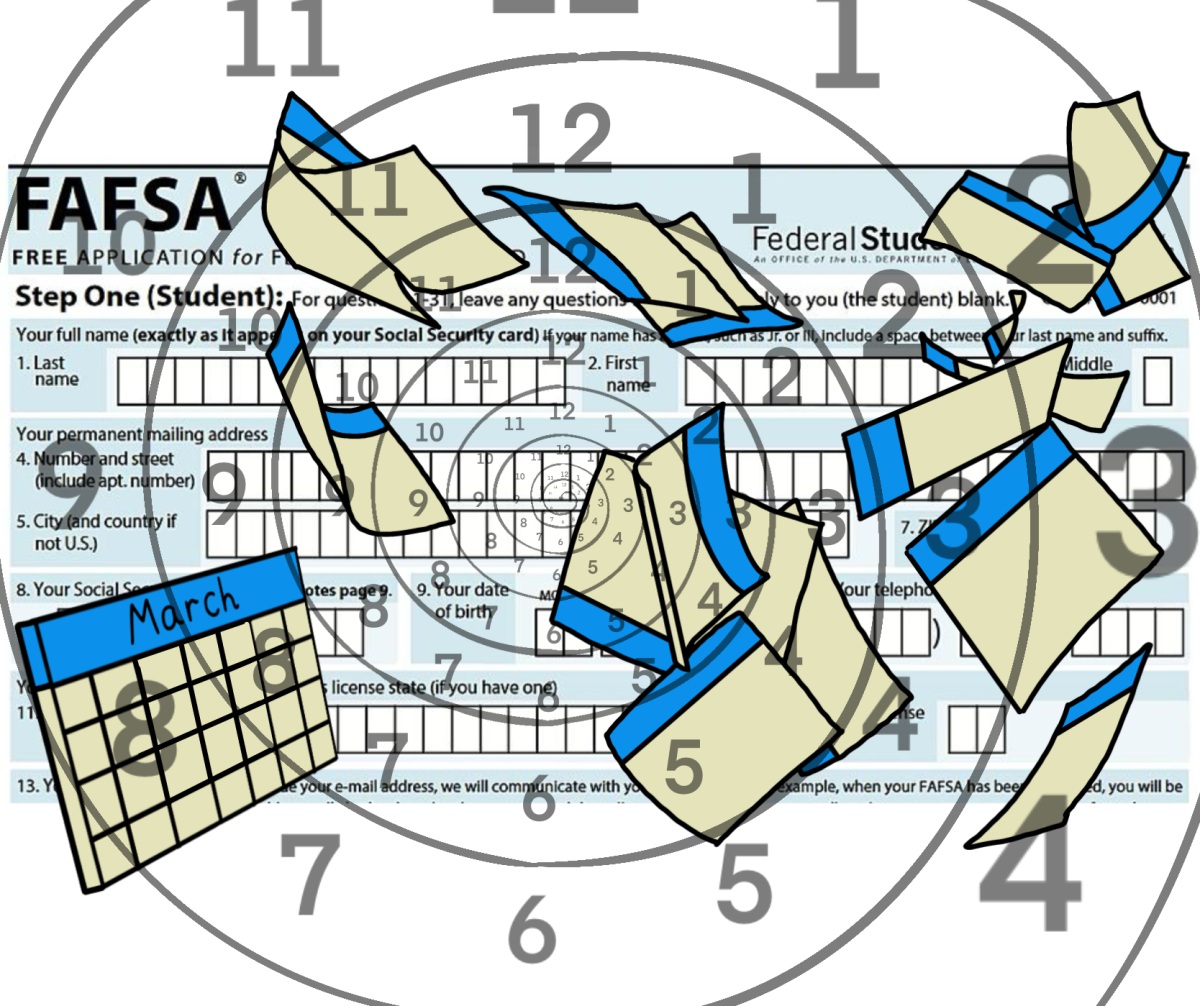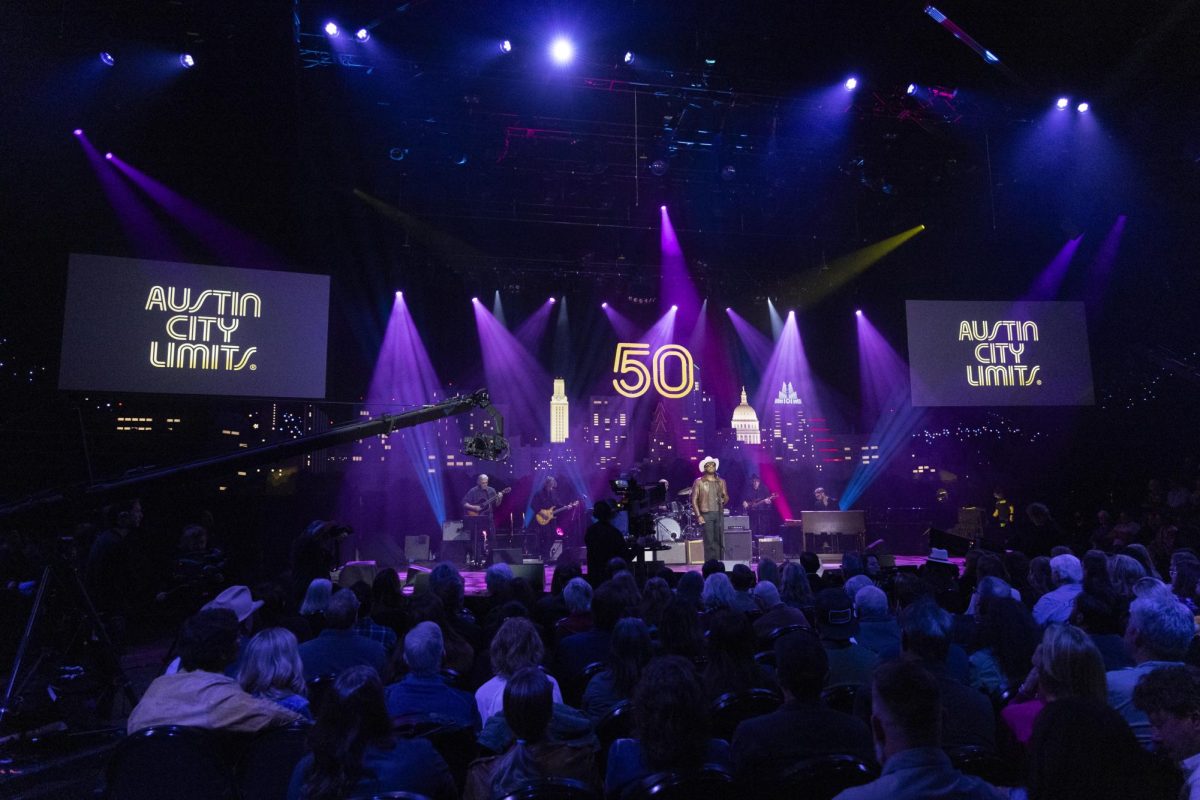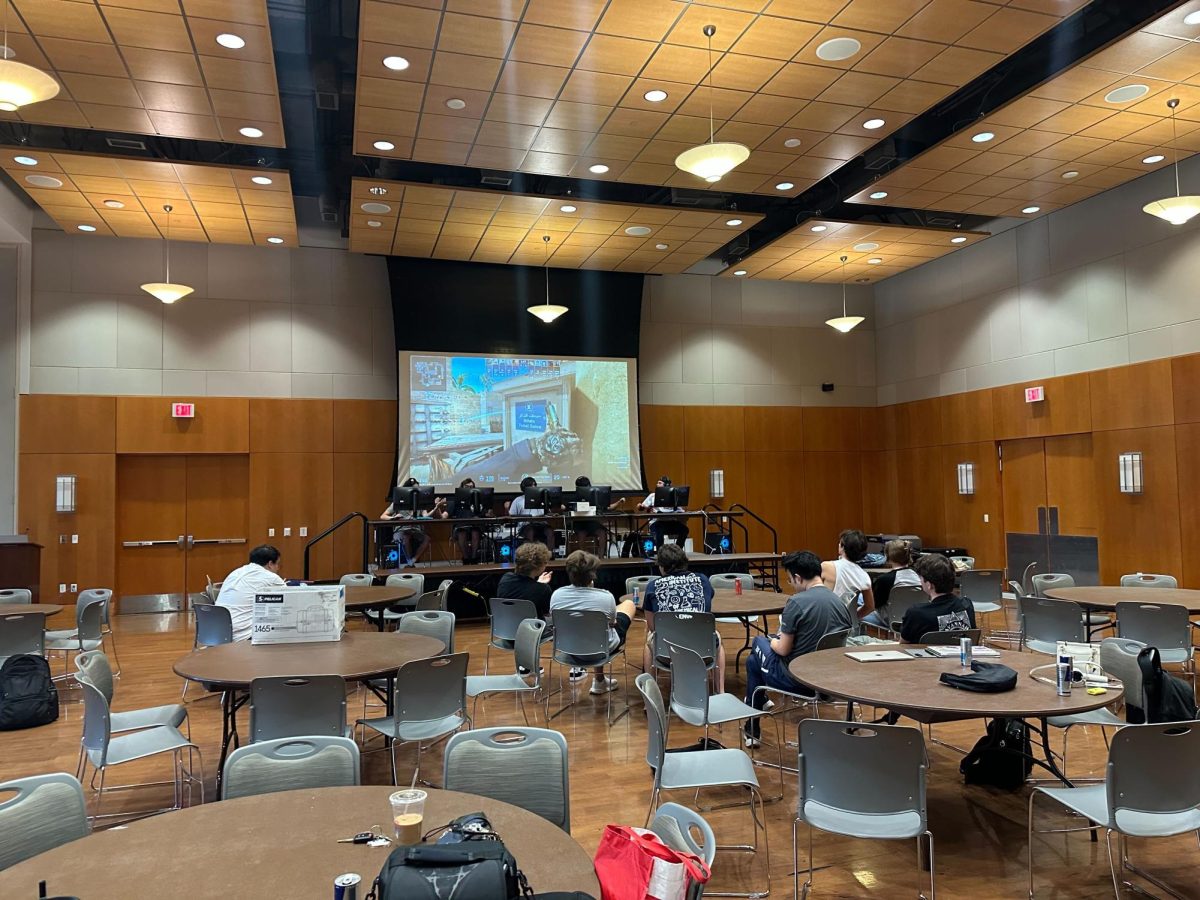Beckoned by the scent of paint and earthy sawdust, visitors enter a place of cyclical creativity, contemplation and revision, otherwise known as an artist’s studio. Rather than polished wall placards, drawings and photos torn from sketchbooks accompany each artwork, constructing collages dedicated to the creative process. Small clues strewn about the studios, like snack bags, paint splatters and well-loved art books reveal much more about an artist than a museum label could.
On Saturday, 18 studio art students presented their workspaces and artworks spread out amongst four floors of the Art Building at the MFA Open Studios, and Silent Auction. Co-director of the event June Chau said the event offered the public and artists a unique opportunity to interact with each other.
“It demystifies the artist experience which is always a good thing,” Chau said. “People forget that artists are people too, we also happen to be doing this thing that’s public-facing.”
Suspended in a movement of pinks, oranges and yellows with ornaments hanging from its limbs, part of a statue occupied a corner of Chau’s studio. Another green statue layered with wax paper snaked high enough to touch the ceiling. Chau said he plans to present the former at his upcoming April exhibition centered around his mother.
“My sculptural practice is my ancestral prayer practice essentially,” Chau said. “I am consumed by queer, Taiwanese and filial piety discourse, so that’s what all of the work is about.”
The graduate students submitted pieces to the silent auction, with bids starting at $50, benefitting the Studio Art Graduate Association’s collective funds. Chau said SAGA organized the event because of a recent decrease in graduate student pay.
“The silent auction is a good way to get their work out into people’s homes and get their work in circulation,” Chau said. “However much or little that is, it’s all worth it.”
Lorena Diosdado, a studio art graduate student, said her paintings connect magical realism and automythography, a process incorporating fictional elements into her biography. While her new works continue the same discussion surrounding familial history, the Latinx community and navigating the complex sociopolitical landscape, Diosdado said she wants to veer from traditional portraiture of specific subjects.
“I’m transitioning as a way to expand this conversation,” Diosdado said. “I’m moving beyond straightforward documentation into these imagined worlds where I believe that the ideas I want to tackle, ideas of identity, belonging and place, come across more clearly and in a more interesting visual way.”
Christy Hastad, a studio art graduate student, presented a series on form, shape and color, specifically considering structure, visual reception and the impact of form on both the viewer and artist.
“Process for me is a way of imbuing meaning,” Hastad said. “I’m at the core interested in how technology interacts and facilitates our engagement with the natural environment and how those two worlds are kind of colliding at all times.”
Hastad also said his work centers on technology and the process of creating art, so he often answers questions regarding different media he experiments with like inkjet printing, vinyl, 3-D printing and modeling.
“My studio is kind of a laboratory,” Hastad said. “When people come in, it’s like, ‘Here’s how I’m doing my experiments.’”


















